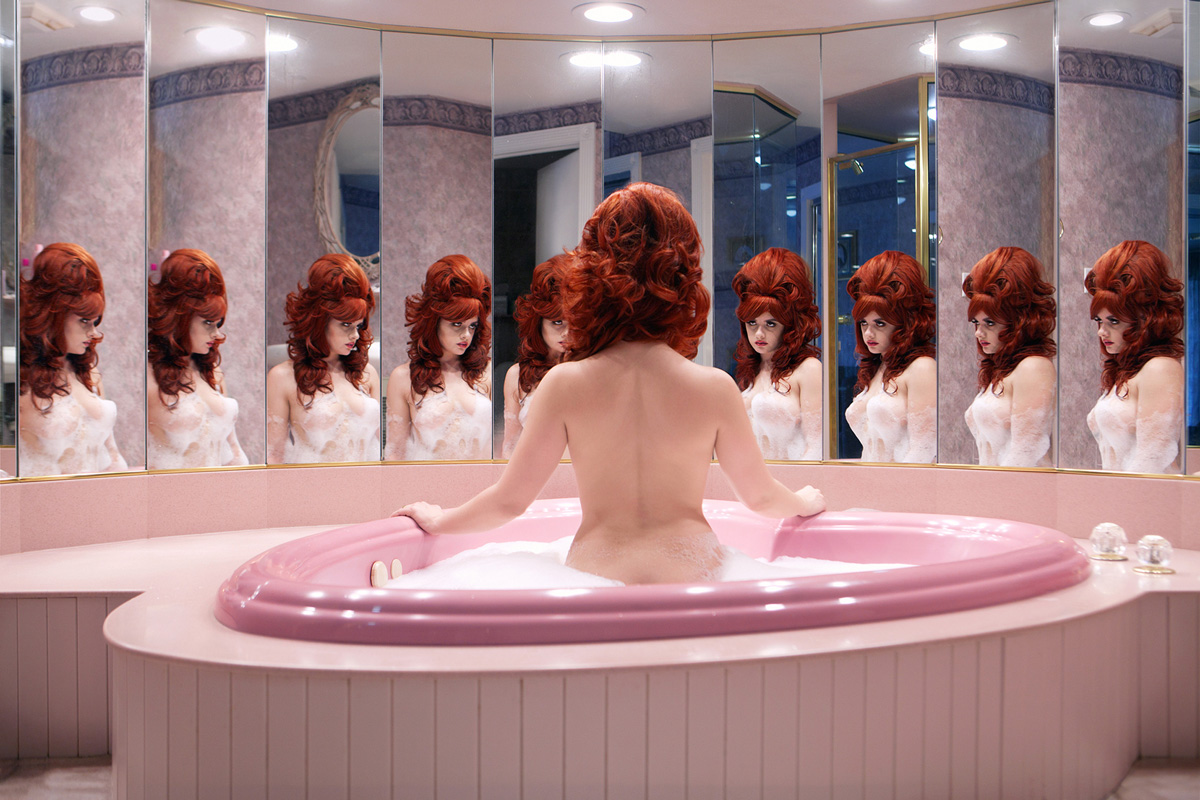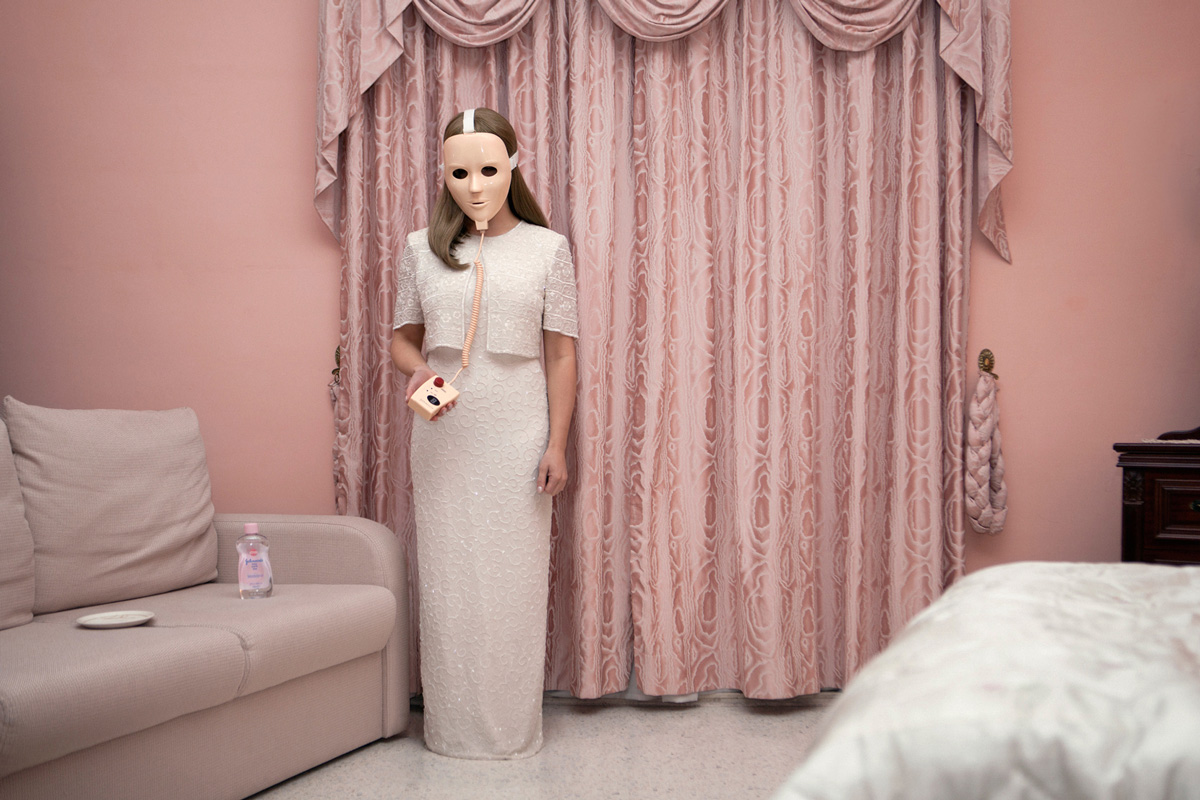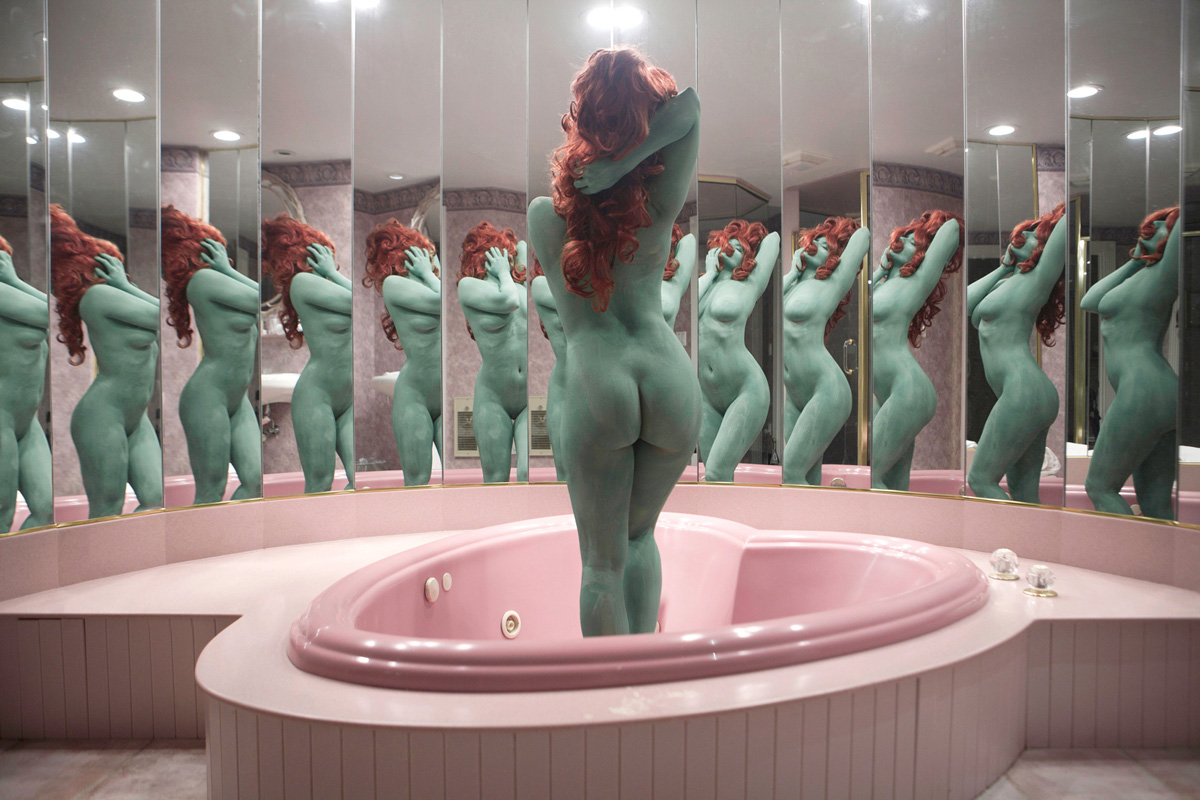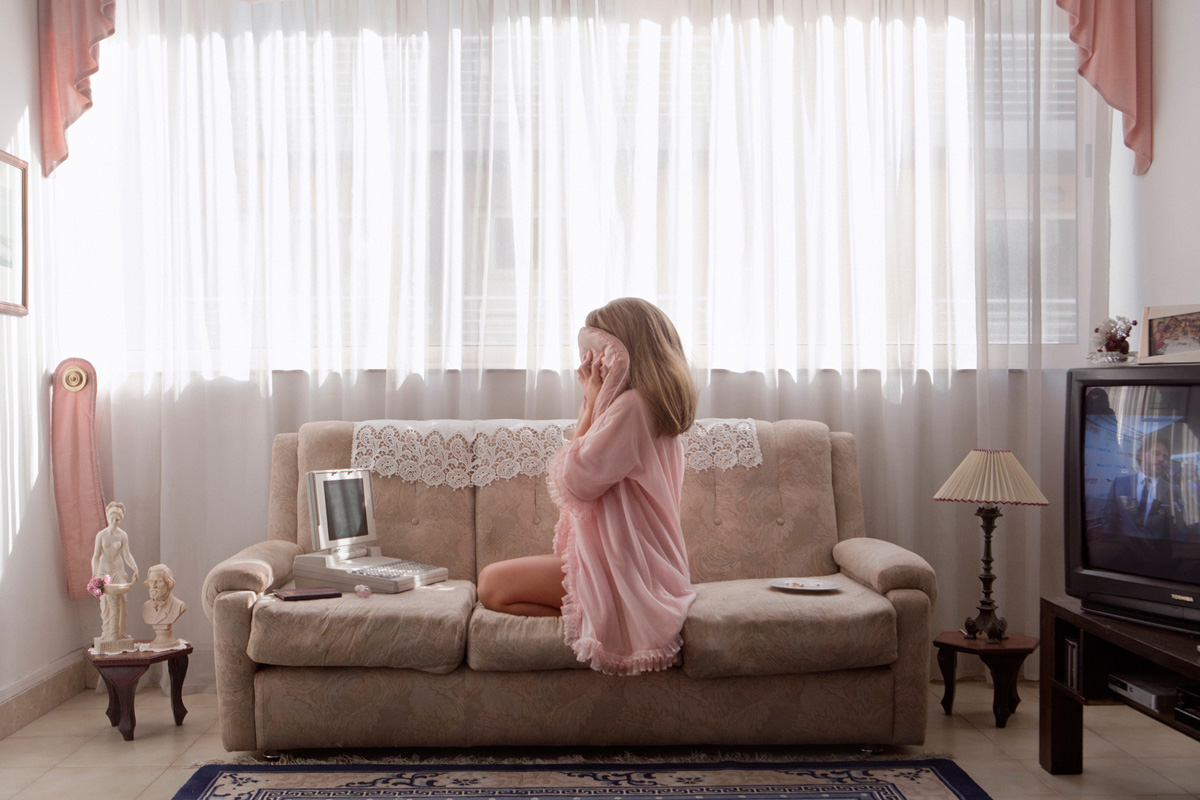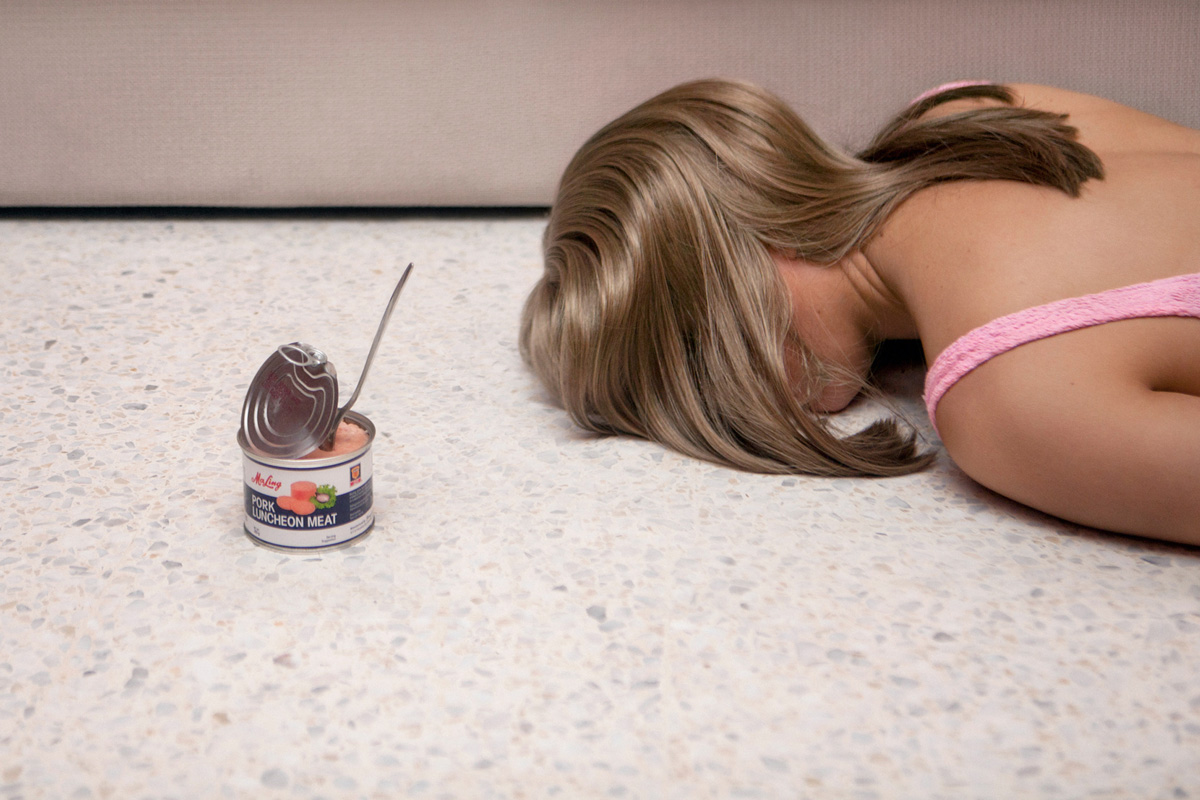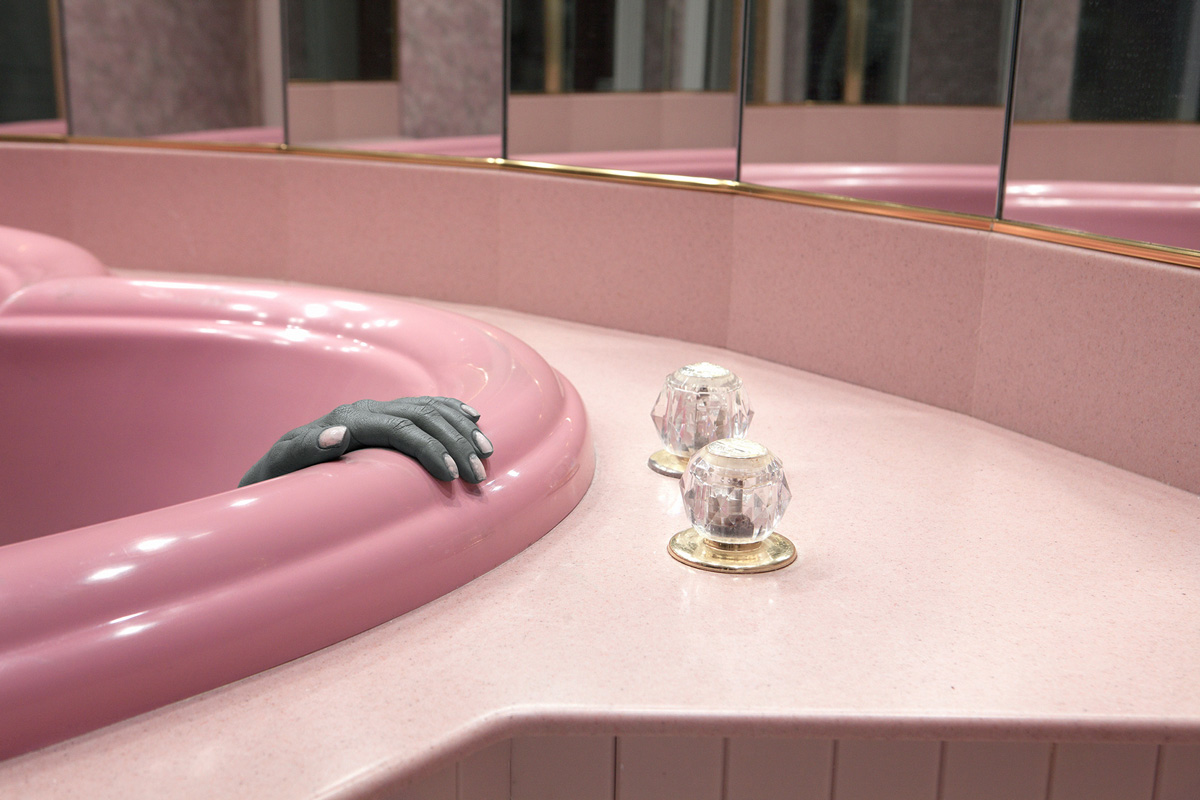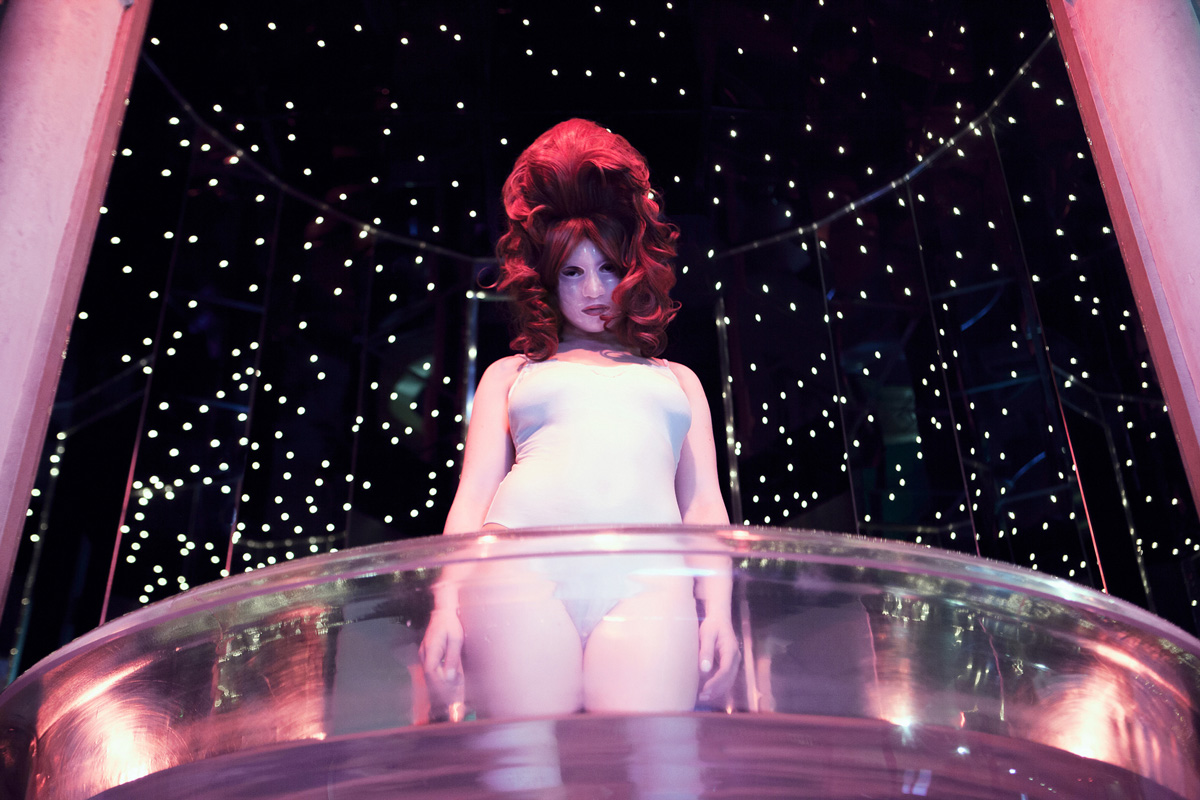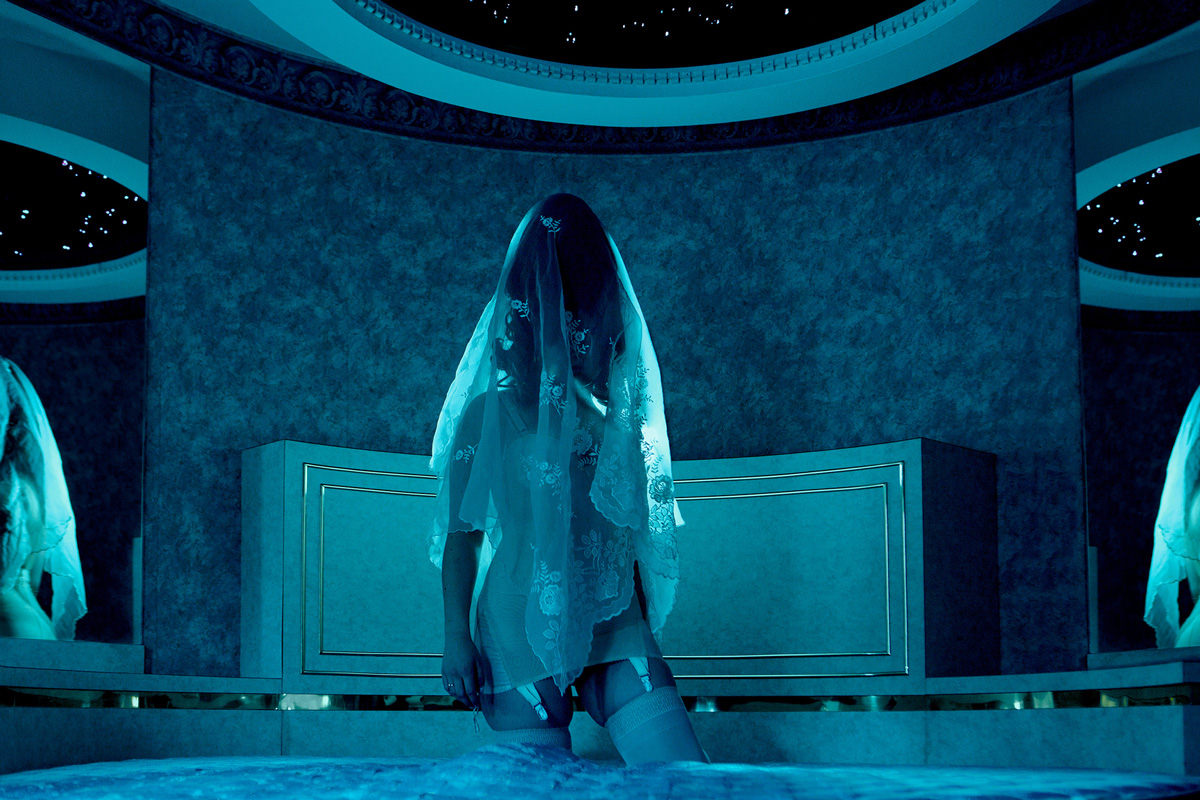We spoke to Juno Calypso, 2016 Foam Talent Winner, as part of our Talent Development series, discussing her process, the balance of making work, and what's next for her.
PW: Thanks for taking the time to talk to us. Could you give us a brief breakdown of your own career trajectory up to this point?
JC: I studied BA Photography at London College of Communication and graduated in 2012. LCC was where I really learnt how to have a career in fine art photography, and that’s when I started the self-portrait series that I’m still working on today.
As soon as I graduated my work was published in HotShoe Magazine and I was nominated for the Catlin Art Prize. I was commissioned to make new work and started seeing my images in the press. My work was everywhere but I was so unprepared for it I ended up turning my back on it. I didn’t want to do anything behind, or in front of the lens, so I freelanced as an art director instead working on films and music videos.

After a year of that, I decided I wanted to make my own work again. I saved up and booked myself a room for one at a honeymoon hotel in America. That was in Spring 2015. It was probably my first real self-initiated project and I didn’t know exactly what I was doing, but the work I made there has kept me busy since. I emailed the new images to everyone I’d met previously and entered it into competitions and artist calls. From that, I saw my work published internationally, and the series was exhibited in London, New York and Korea. I also got to pay myself back after spending all my savings on a one woman honeymoon, which was a relief.
PW: You mention that you felt unprepared for the attention your work received. What do you think changed for you in that year off from concentrating on your own work? When you were sending out your new work, were the contacts ones you had made during that year?
JC: To be honest the thing that really changed for me was that I went to see a doctor and found out I had an undiagnosed mental illness. They sorted me out and within a few months I was making and exhibiting work again. I think getting your head looked at can be just as productive as a thousand portfolio reviews.
The contacts were from both years. I realised I had loads of old emails from journalists who had asked me to keep in touch with future projects. So I just searched ‘keep in touch’ in my inbox and made a database from there. When I wasn’t making work I was still going to a lot of openings and festivals like Unseen, Paris Photo and Arles, so I met a lot of people there as well.


PW: Thanks for your honest answer. For emerging artists, it’s important to gain a balance between building networks and making new work. Could you talk a bit about the ways you’ve achieved this balance? Do you attend portfolio reviews and enter competitions? If so, how do you decide which ones to participate in?
JC: In terms of the balance, I think it’s different for everyone. Some people need to make new work every week, but at the moment I’m happy making work once or twice a year. It sounds lazy but I always remind myself that Jeff Wall only makes 3 or 4 images a year.
I have to really separate it. I can’t just do some emails in the morning and then put on a wig in the afternoon. I like to lock myself away on location for a couple weeks until I have enough to keep me busy. Then the rest of the time I can edit and exhibit the work, write about it, talk about it, and work on collaborations or paid commissions.
You have to be careful with competitions. I used to enter anything but now I’ll make sure to read every bit of small print and if it sounds too good to be true, it probably is. I always look at the cost of entering, the judges and previous winners to gauge how legit it is. I think magazine submissions can be better when you’re just starting out. There’s endless online magazines and blogs you can submit work to for free, and even if you don’t get accepted you’ve made a connection and can ask for feedback.

I haven’t been to any of the super expensive portfolio reviews, so I’m not sure what those are like. All the cheap or free ones I’ve been to have been great. When I’ve made new work I like to set up my own one on one reviews with anyone I know that has a good honest eye. It doesn’t have to be an expert.
PW: That’s a great way to look at it. You speak about feedback coming in the form of contacts rather than formal reviews. Do you think getting an outside view while you’re making the work is important? If/when you’re struggling with an idea, do you use feedback to kickstart you again? Or do you have a different process?
JC: When I’d just graduated it was essential. After having group critiques every week I found it hard to trust my own eye.


Making the work was fine, but when it came to editing and selecting images I always needed help. Now the project is in formation I don’t feel as desperate for help, I can just get along with it, but I know that can be dangerous. I get really protective over my ideas and don’t want to tell anyone about them until it’s done. I’d rather shoot it and let them decide after. You can waste a lot of time and money that way though so I’m trying to be more open with my ideas a bit earlier on.
PW: Your work has seen a lot of success with exhibitions in prestigious galleries such as Flowers Gallery in New York and T J Boulting in London. Do you have any plans to make the series into a publication?
JC: Thank you. I do. I’m going away to shoot a few more images and then I’m ready.
PW: Finally, what’s next for you?
JC: I’m going away to shoot some more pictures for the Honeymoon series this summer but I’m still deciding on locations so we’ll see. The series has just been selected for Foam Talent so it’ll be showing at Unseen Photo Festival in September with Foam and TJ Boulting. I’ll also be exhibiting work in a couple group shows – at Untitled Space in New York this July, and at Transition Gallery in London this September.


For more from our Talent Development series, click here.
For more about Juno’s work, click here.
